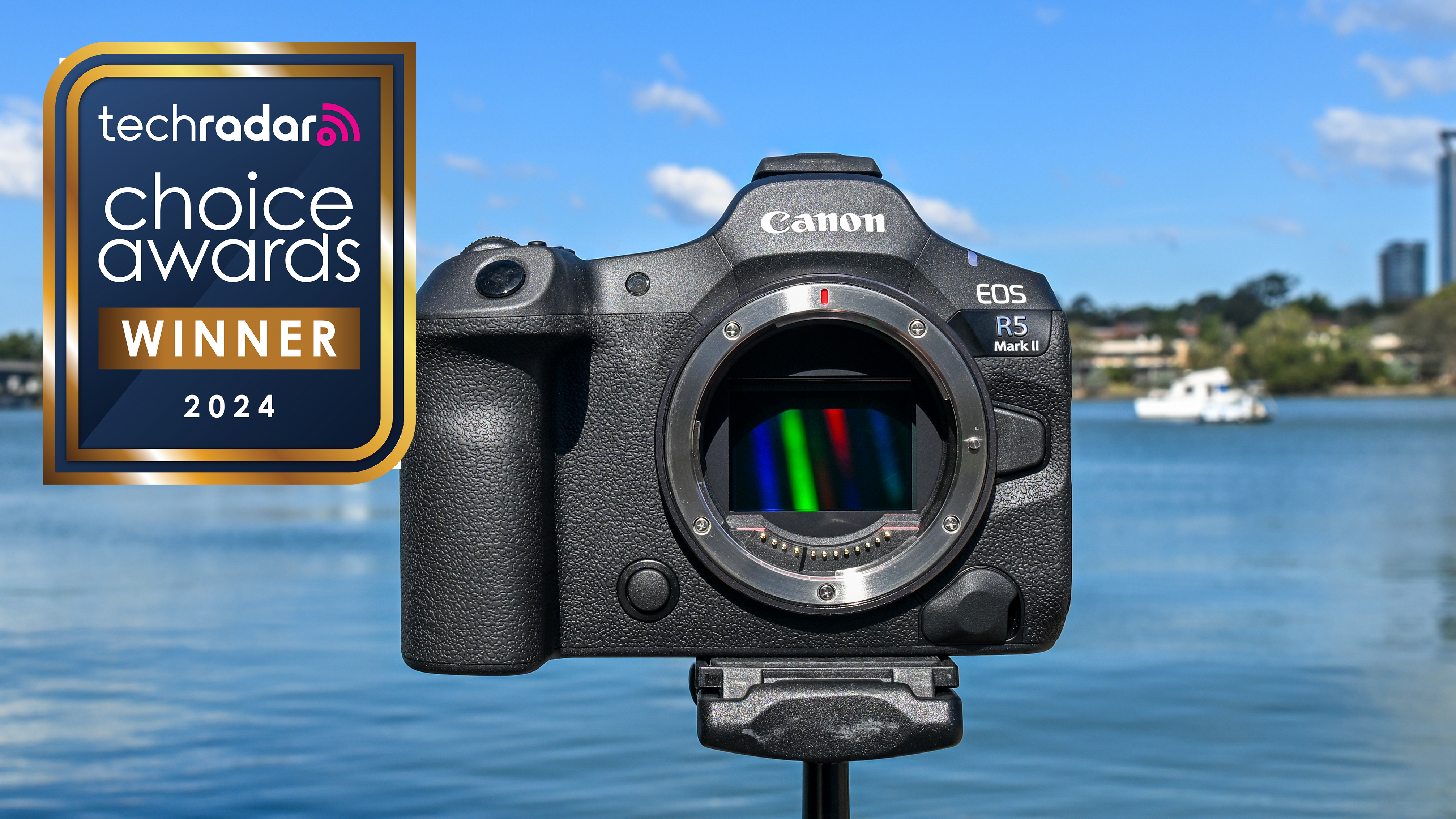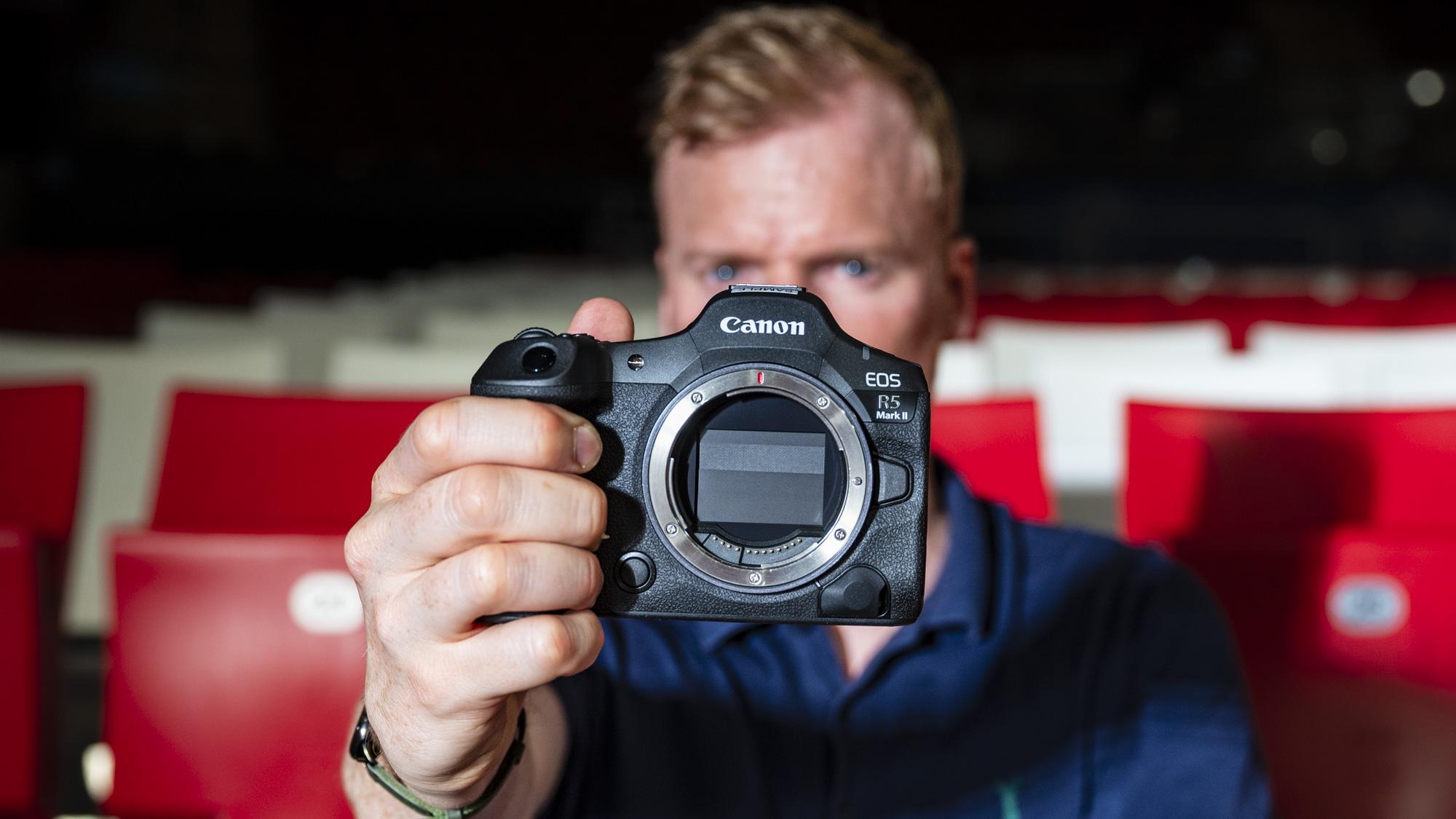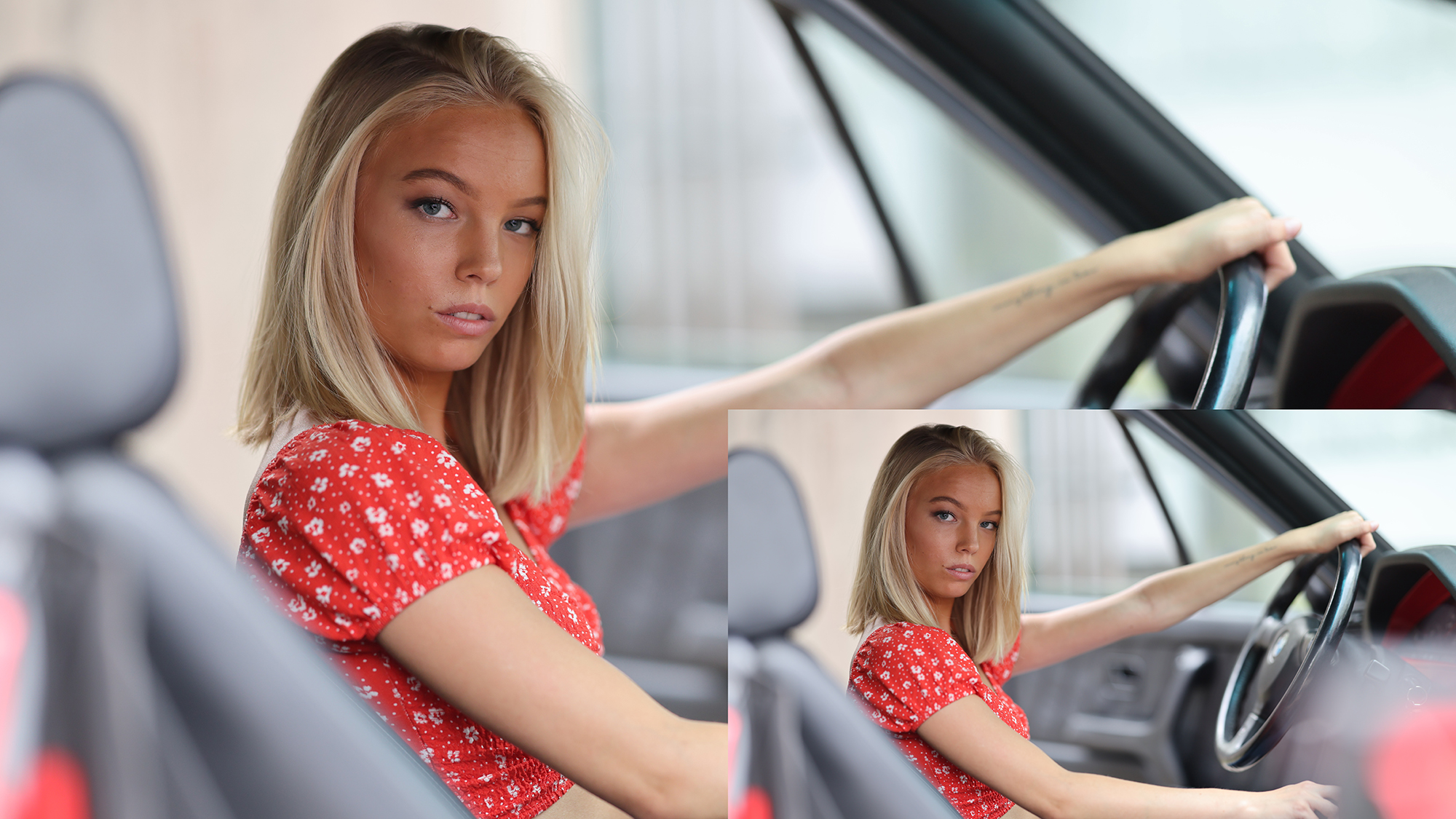Why the incredible Canon EOS R5 Mark II pipped Nikon to our Camera of the Year award
Hot competition from the Nikon Z6 III and Fujifilm X100VI can't beat this versatile beauty

Our TechRadar Choice Awards 2024 winners include some seriously strong cameras this year, a few of which had a chance to land our coveted Camera of the Year award. Honorable mentions go to the Nikon Z6 III and the wildly popular Fujifilm X100VI, but if there’s one camera that stood above them all, it’s the Canon EOS R5 Mark II.
Put simply, the EOS R5 Mark II is Canon’s most versatile camera ever, and the camera giant’s most exciting launch of 2024 by a long shot. In fact, it made TechRadar's Managing Editor seriously regret switching from Canon for the Nikon Z8.
The EOS R5 Mark II upgraded the already excellent full-frame EOS R5, delivering an all-round speedier performance, smart autofocus features, better video, plus a few AI tricks thrown in for good measure. This is a highly capable camera for any kind of professional photographer or filmmaker.
We got hands-on with the EOS R5 Mark II ahead of launch and completed an in-depth review but there was still a sense that we were only scratching the surface of what it can do. It really is one of the best professional cameras we've ever used.

The Canon camera that does it all
The EOS R5 Mark II shoots super sharp 45MP stills, especially when paired with one of Canon’s pro L-series lenses, but its sensor is now the stacked type, with a faster readout that minimizes rolling shutter effects, meaning this is also a great camera for high-speed photography and for video in general.
There’s also a second processing engine that delivers incredible high-speed performance, including 30fps burst shooting with a respectable buffer memory. During our testing, it didn’t quite sustain sequences as long as the EOS R1 could, but for a high-resolution camera the EOS R5 Mark II is super-impressive.
This speedier performance is backed up by near flawless autofocus and subject tracking features – for example, through Action or People priority modes, you can pick from a number of sports for optimized autofocus, plus select a specific person using face detection for the camera to focus on, such as a player in a sports games or the bride at a wedding. Our hit ratio of sharp focus on a specific player on a basketball court was ludicrously high.
Get daily insight, inspiration and deals in your inbox
Sign up for breaking news, reviews, opinion, top tech deals, and more.
Eye-control autofocus also impresses. The viewfinder has internal cameras that can detect where you’re looking in the frame, using your eyes as a guide for the focus point, in conjunction with subject tracking. To put it simply, in this mode the autofocus takes its cues from your attention. It doesn't fully replace the best autofocus systems, but eye-control AF did make us feel more at one with the EOS R5 Mark II.

We also tested the new AI-powered in-camera editing features, which includes an upscale function that increases the size of your pictures by 400%. It utilizes Canon’s neural network and is optimized for the EOS R5 Mark II: you select one of your pictures from the memory card and it’ll increase the resolution 4x to 170MP for incredible detail.
The potential for Canon's upscale tech is huge. Rather than high-res shot modes in most other cameras which essentially combine multiple images and can’t handle scenes with movement, the EOS R5 Mark II’s upscale function works on a photo you’ve already taken, and the results are majorly impressive. For us it's the greater scope for cropping into your 170MP pictures that's particularly helpful.
All in all, the EOS R5 Mark II is Canon’s most versatile professional camera yet. If you’re not nailing the shot once you’ve got to grips with its pro-features, especially its complex autofocus system, you should probably consider another career.

Tim is the Cameras editor at TechRadar. He has enjoyed more than 15 years in the photo video industry with most of those in the world of tech journalism. During his time as Deputy Technical Editor with Amateur Photographer, as a freelancer and consequently editor at Tech Radar, Tim has developed a deeply technical knowledge and practical experience with cameras, educating others through news, reviews and features. He’s also worked in video production for Studio 44 with clients including Canon, and volunteers his spare time to consult a non-profit, diverse stories team based in Nairobi. Tim is curious, a keen creative, avid footballer and runner, and moderate flat white drinker who has lived in Kenya and believes we have much to enjoy and learn from each other.